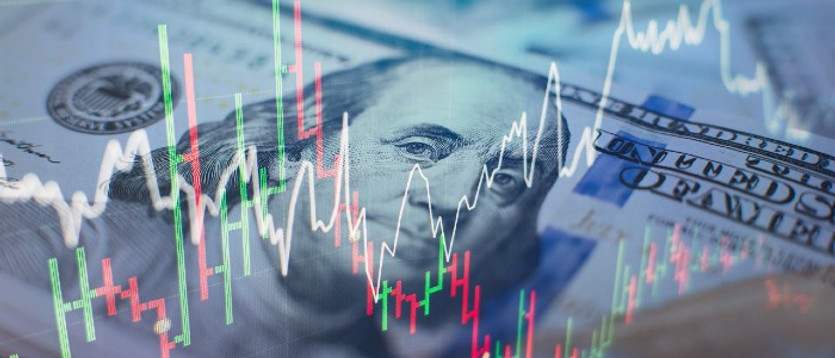Market participants today expect the Fed's decision on interest rates. Meanwhile, quite positive macro data continues to come from the US, at least with better indicators than in Europe.
Thus, the PMI index of business activity (from ISM) in the US services sector, although it fell from 55.9 to 55.3 points in June, it turned out to be significantly better than forecasts for a fall to 54.5 points, while also remaining well above the level of 50.0, separating the growth of business activity from its slowdown.
The similar US manufacturing PMI also remains well above the 50.0 level (53.0 in June, according to data released by the ISM at the beginning of the month).
At the same time, the unemployment rate in June remained at around 3.6%, and the number of people employed in the non-farm sector increased by 372 thousand, exceeding the economists' forecast of growth by 240 thousand (the number of jobs in the US manufacturing industry increased by 29 thousand in June after an increase of 18 thousand in May, which also turned out to be higher than the forecast of an increase of 15 thousand).
Strong data on the US labor market, coupled with positive data in the main areas of the US economy, provide the Fed with more room to maneuver in choosing the vector of monetary policy.
Positive main macro data allow reducing the degree of negative assessments about the possibility of a recession in the US economy against the backdrop of improved prospects for stabilizing inflationary pressures without a sharp deterioration in working conditions.
American consumer confidence also improved in July. This is evidenced by the preliminary index of consumer confidence published in the middle of the month (from the University of Michigan). This indicator reflects the confidence of American consumers in the economic development of the country. The growth of the indicator and its relatively high level indicate the growth of the economy: in July it came out with a value of 51.1 against the forecast of 49.9 and after a value of 50.0 in June.
In this regard, today market participants will also pay attention to the publication at 12:30 (GMT) data on orders for durable goods and capital goods.
This indicator reflects the value of orders received by manufacturers of durable goods and capital goods that involve large investments. The growth of this indicator is a positive factor for the dollar and US stock indices. However, a relative decrease in indicators is expected, which may put pressure on the dollar and US stock indices.
However, the impact on the market of this publication will be short-term, given the upcoming main event of today - the Fed's decision on interest rates. We recall that it will be published at 18:00 (GMT).
However, today's decision by the Fed may be tougher than the markets expect. Theoretically, this should have an even more stimulating effect on the dollar (under normal economic conditions, an increase in interest rates usually leads to a strengthening of the national currency). Most likely, this will happen. But everything can go according to a different scenario. Investors may feel that the Fed is failing to keep pace with rising inflation.
This, coupled with another tightening of monetary conditions, may lead to another round of sales of US assets and, ultimately, to a decrease in demand for the dollar from foreign investors, as the funding currency of the US stock market.
Therefore, after a sharp rise in dollar quotes (immediately after today's Fed meeting), a wave of its deep downward correction may soon follow.





